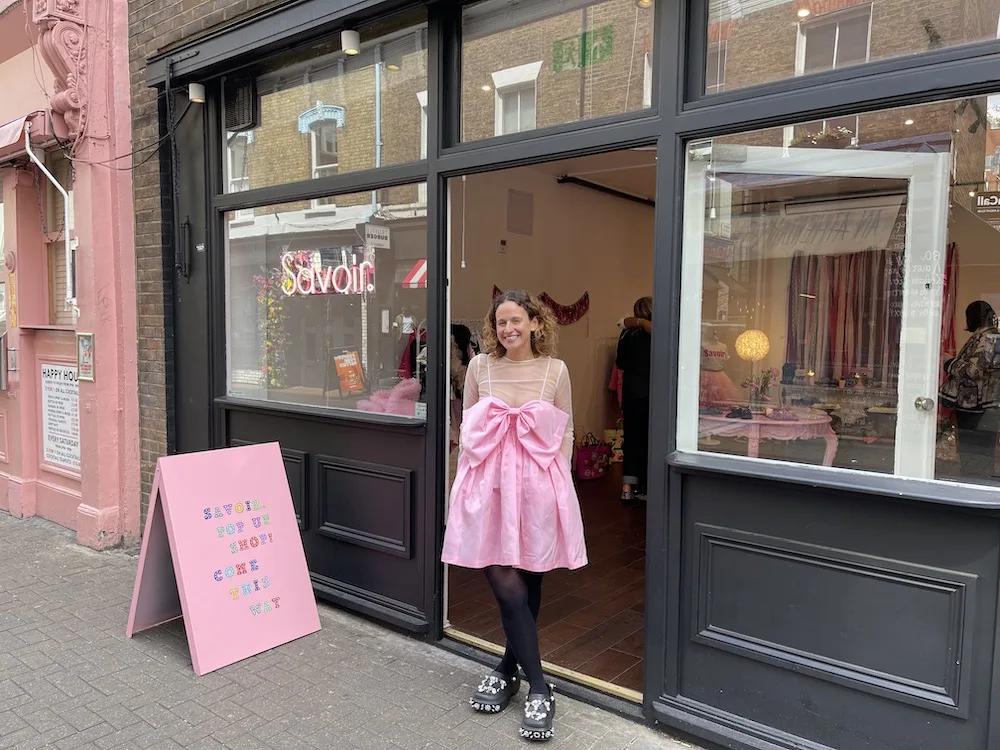Maison Chaumet opens the doors of its newly restored hôtel particulier in the 1st arrondissement of Paris to unveil an exhibition that commemorates the bicentenary of the Emperor’s death, looking back on the highlights of his life with Empress Joséphine. Chaumet was founded in 1780 by Marie- Étienne Nitot, whose jewellery was adored by the French aristocracy and later, by Napoléon and his court. In 1802, Chaumet became the official jeweller of the Emperor.
In fact, the jewellery for his wedding to Joséphine de Beauharnais and later to Marie Louise de Habsburg-Lorraine was created by Nitot. He designed and set Napoleon’s coronation crown, the hilt of his sword as well as many other pieces for the court.
During the Empire, Napoleon sought to limit Italian imports, and so founded a school of hardstone carving.
These cameos and intaglios, usually featuring classical figures, were sent to Paris where the jeweler Nitot mounted many of them on parures for the imperial family. Empress Joséphine, who was a keen follower of fashion, owned a number of them. The nicolo agate intaglios in the set below are ringed with gold and pearls. The ones in the necklace, each with a pendant alternate with pearl-studded palmettes, a motif characteristic of the Empire period in Nitot’s works.
Parure by Nitot (c. 1809) for Empress Joséphine in gold, silver, nicolo agate and natural pearls (Chaumet Collection)…

For this Year of Napoléon, Chaumet, as imperial jeweller, is the only private participant to be invited to take part in the celebrations alongside prestigious institutions such as the Bibliothèque Nationale de France, the Musée de l’Armée and the Archives Nationales. Curated by Pierre Branda, an historian specialising in the Consulate and the First Empire, Head of Heritage for the Fondation Napoléon, and author of the reference work Joséphine, le Paradoxe du Cygne, this new exhibition presents more than 150 examples of jewellery, paintings, works of art, correspondence and illustrated documents, all of which help to bring to life the exceptional love story of this legendary couple.
The high points of their relationship are recounted through an installation that gives pride of place to sentiment and implicitly evokes the history of the Maison. The listed Salon Chopin overlooking Place Vendôme focuses on the Parisian start to this romance in the Directory and Consulate periods, before reliving the coronation, the moment when the imperial couple was at its zenith.

Joséphine was a leading figure in fashion and style, owning a magnificent wardrobe. Besides the special parures in diamonds and precious stones used only for formal occasions and ceremonies, the empress had many “day” sets in coloured gemstones that were simpler and lighter to wear, for less official use. The below malachite parure, attributed to Nitot (c. 1810) is typical of the Empire style, alternating palmettes in pearls with chased gold and malachite cameos of Greek gods.
Pieces are drawn from the historical collection of Maison Chaumet, but also include loans from private collectors – such as the incomparable Royal Danish Collection, the Collection NBC Bruno Ledoux and the Collection Françoise Deville – as well as from cultural institutions including the Fondation Napoléon, the Musée du Louvre, the Château de Fontainebleau, the Musée National des Châteaux de Malmaison et Bois-Préau, the Musée Masséna in Nice, the Musée Carnavalet and the Fondation Dosne-Thiers.
This rare set includes a tiara, pins, necklace, brooch, pendant bracelets and a belt (Fondation Napoléon)…

The show also covers Joséphine’s story, her personality and private life, as well as the couple’s public persona. A true formidable woman, she sacrificed her love in the interest of France and agreed to divorce Napoléon so the Emperor could remarry in the hope of having an heir. The divorce ceremony took place on 10th January 1810 and was a grand solemn social occasion, in which each read a statement of devotion to the other. Napoléon insisted Josephine retained the title of empress.
JOSÉPHINE & NAPOLÉON, AN (EXTRA)ORDINARY STORY
Chaumet Hôtel. 12, Place Vendôme. Paris.
Until 18th July 2021
Free entry, open to the public by reservation.
Words: Julia Pasarón
Opening picture: [Cropped from the original] Portrait of Empress Joséphine by Robert Lefevre (c. 1805)

















Show Comments +